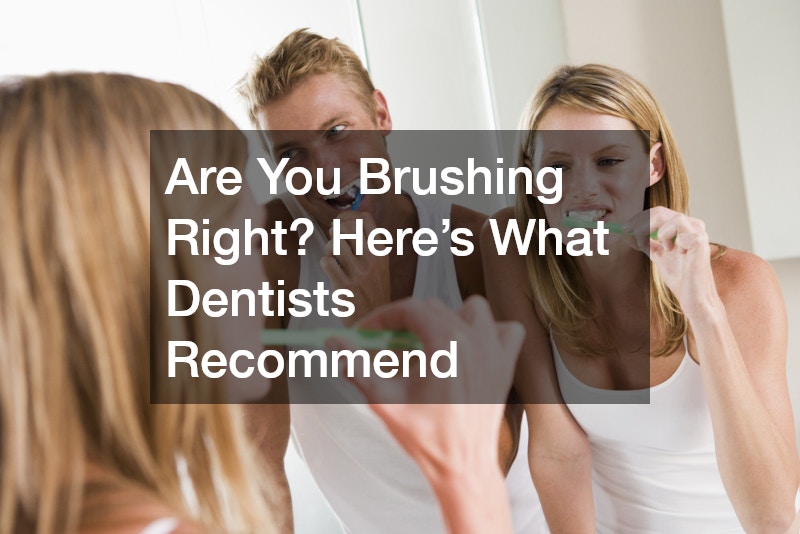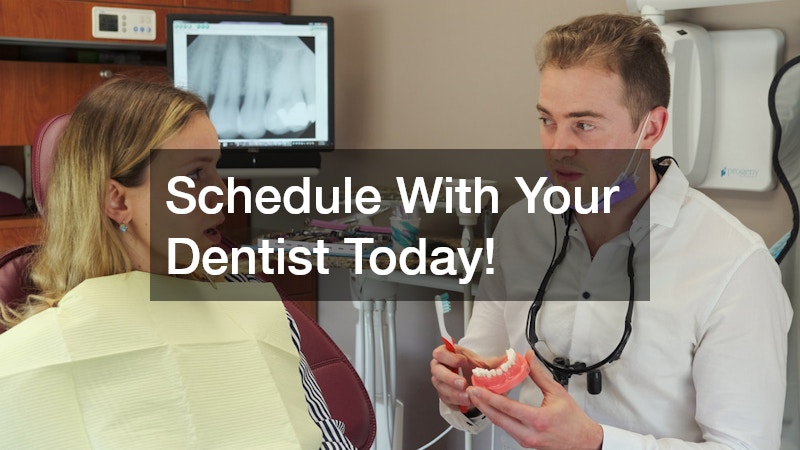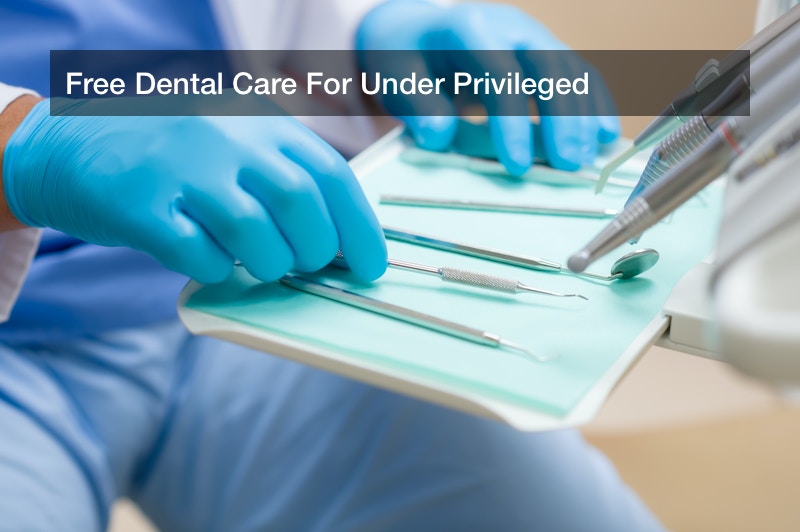
Are You Brushing Right? Here’s What Dentists Recommend

Introduction
Brushing your teeth may seem like a simple task, but doing it correctly makes all the difference in maintaining long-term oral health. Your dentist will tell you that brushing isn’t just about keeping your smile bright—it’s essential for preventing cavities, gum disease, and bad breath. Proper technique, timing, and tools all play a role in protecting your teeth and gums.
Here’s what dentists recommend to ensure your daily brushing routine keeps your mouth healthy and your smile confident.
How Often Should You Brush Your Teeth?
Recommended Frequency
According to dental professionals, you should brush your teeth at least twice a day—once in the morning and once before bed. This helps remove plaque, a sticky film of bacteria that builds up throughout the day. Brushing your teeth twice daily helps keep bacteria under control, prevents cavities, and maintains fresh breath. Some dentists may also suggest brushing after lunch if you frequently consume sugary or acidic foods.
Effects of Over-Brushing
While brushing regularly is important, over-brushing can actually cause harm. Brushing too often or too aggressively can wear down the protective enamel and irritate your gums, leading to sensitivity and gum recession. Most dentists recommend limiting brushing to two or three times daily, using a soft-bristled brush and gentle strokes to protect your enamel.
Best Times for Brushing
Timing matters just as much as frequency. Dentists emphasize brushing in the morning after breakfast to remove bacteria and food particles, and before bed to eliminate plaque that accumulates during the day. Avoid brushing immediately after eating acidic foods or drinks, such as citrus or soda, because enamel softens temporarily, and brushing too soon can cause erosion. Waiting 30 minutes allows saliva to neutralize acids naturally before brushing.
What Is the Correct Brushing Technique?
Proper Brushing Angle
Your dentist will likely demonstrate that the ideal brushing angle is about 45 degrees toward the gum line. This position allows the bristles to clean both the tooth surface and the area just below the gums where plaque often collects. Use gentle, circular motions rather than harsh, back-and-forth scrubbing to ensure effective cleaning without damaging gums.
Brushing Duration
Brushing for the right amount of time is crucial. The American Dental Association (ADA) and most dentists recommend brushing for two full minutes each time. Divide your mouth into quadrants—upper right, upper left, lower right, lower left—and spend about 30 seconds on each section. Setting a timer or using an electric toothbrush with a built-in timer can help you stay consistent.
Brushing Pressure
When it comes to brushing, harder is not better. Excessive pressure can wear down the enamel and push the gums away from the teeth. Dentists suggest using light to moderate pressure—enough to feel the bristles move along the teeth and gums, but not so firm that they bend. A gentle approach effectively removes plaque without causing irritation or long-term damage.
What Type of Toothbrush and Toothpaste Should You Use?
Choosing the Right Toothbrush
Selecting the right toothbrush can make a significant difference in maintaining oral health. Most dentists recommend using a soft-bristle toothbrush, as it’s gentle on the gums while effectively removing plaque. The brush head should fit comfortably in your mouth and reach all areas, including the back molars. Replace your toothbrush every three to four months, or sooner if the bristles become frayed.
Toothbrushes come in various styles—angled, straight, or compact heads—and choosing one often depends on personal preference and comfort. Children and individuals with smaller mouths may benefit from smaller brush heads for easier maneuverability.
Selecting the Best Toothpaste
Toothpaste plays a crucial role in your brushing routine. Your dentist will likely recommend a fluoride toothpaste, which helps strengthen enamel and prevent decay. For people with specific concerns, there are specialized options available:
-
Whitening toothpaste for surface stain removal
-
Sensitivity toothpaste for reducing discomfort
-
Tartar-control toothpaste for preventing plaque buildup
-
Fluoride-free options for those with certain sensitivities
Always look for toothpaste with the ADA Seal of Acceptance, which ensures it meets safety and effectiveness standards backed by dental professionals.
Electric vs. Manual Brushes
The debate between electric and manual toothbrushes often comes down to personal preference and consistency.
Electric toothbrushes can be especially helpful for individuals with limited dexterity, those who wear braces, or those who struggle to brush for the full two minutes. They provide consistent motion, often include timers, and studies show they may remove slightly more plaque than manual brushes.
Manual toothbrushes, however, are effective when used properly with the correct technique. They’re affordable, travel-friendly, and easily accessible. What matters most is brushing thoroughly, regardless of the type you choose.
Additional Dentist-Approved Tips
Beyond brushing, your dentist emphasizes a few key habits that work hand-in-hand with proper oral care:
-
Floss daily to clean between teeth where brushes can’t reach.
-
Rinse with mouthwash to kill bacteria and freshen breath.
-
Maintain regular dental checkups every six months for professional cleaning and early detection of potential issues.
-
Watch your diet, limiting sugary snacks and acidic beverages that contribute to enamel erosion.
These small daily practices, combined with proper brushing, form the foundation of strong oral hygiene and long-term dental health.
Conclusion
Brushing your teeth may be part of your daily routine, but doing it the way your dentist recommends ensures that it’s truly effective. By brushing twice a day with gentle pressure, using the correct technique, and selecting suitable tools, you can protect your teeth, gums, and overall oral health. Remember—good brushing habits don’t just create a brighter smile; they help prevent cavities, gum disease, and costly dental problems down the road.
If you’re unsure about your brushing technique or which products are best suited for you, schedule an appointment with your dentist for a personalized recommendation. A few simple adjustments could make all the difference in keeping your smile strong and healthy for years to come.



